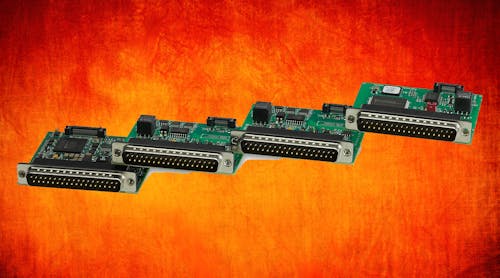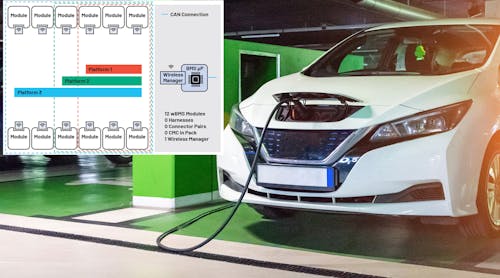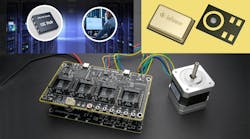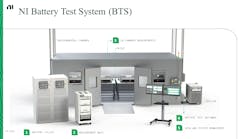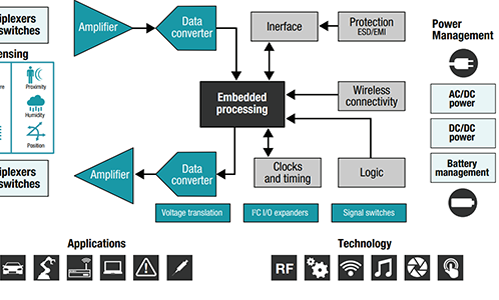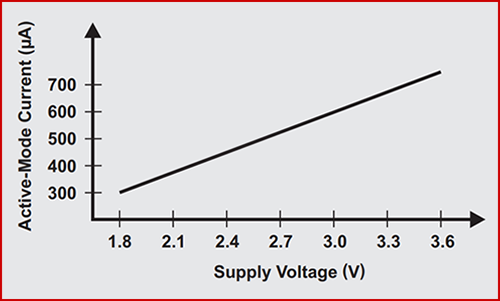Check out ourNI Connect 2022coverage.
As Steve Tarnowsky, head of global battery cell engineering at GM, said onstage at NI Connect last month, building batteries at scale is the key to developing electric vehicles that are affordable for the masses.
在the global auto industry gears up for the electric-vehicle era, GM and other major auto makers are aiming to design batteries that are safer, charge faster, and store more energy—and, thus, are more cost-efficient—than the batteries in use today. Every EV is being packed with as many battery cells as possible to boost the capacity of the packs housing them, which often weigh thousands of pounds and are available in myriad configurations.
These high-voltage batteries bundle hundreds of cells to supply thousands of watts of power to the powertrain that drives the wheels of the EV. However, that creates lots of potential points of failure.
As a result, testing has become an even more important part of the development cycle. To help reduce safety risks and improve metrics such as range and charging speed,NIhas been aggressively investing in its battery test capabilities in recent years, boosted by recent acquisitions ofHeinzinger Automotive,Kratzer Automation, andNH Research. It is also bringing its SystemLink software and various data analytics offerings into the fold.
At NI Connect, the company introduced its latest software-connected battery test system to help Tier 1 suppliers and auto makers adapt to the growing complexity of EVs. To discuss it in-depth,Electronic Designmet with Arturo Vargas Mercado, NI’s Chief Solutions Manager for EV Battery Test.
Check out ourNI Connect 2022coverage.
